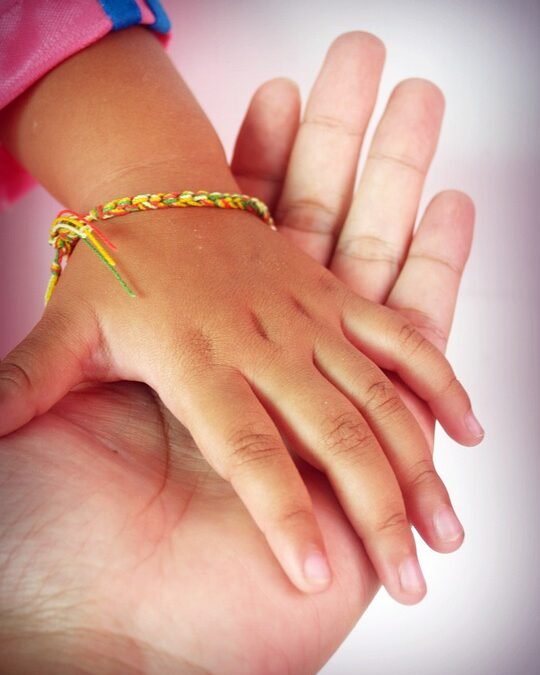The rise of technology has brought about a revolution in the way we create and innovate. Over the past decade, 3D printing has emerged as one of the most disruptive technologies, empowering makers and hobbyists to create, design, and manufacture their own products at home.
The DIY revolution has been driven by the accessibility and affordability of 3D printing technology. 3D printers are now available at a fraction of the cost they were a few years ago, making it feasible for individuals to buy their own machines and start creating at home. With the advent of open-source software and online communities, makers and hobbyists can also access a vast library of designs and blueprints to help them get started.
The impact of 3D printing on the maker community has been enormous. It has democratized the manufacturing process, allowing individuals to produce their own products without the need for expensive machinery or specialized knowledge. This has opened up a world of possibilities for hobbyists, who can now create their own toys, jewelry, and household items.
The DIY revolution has also had a significant impact on entrepreneurship. With 3D printing, entrepreneurs can now prototype their products quickly and cheaply, allowing them to bring their ideas to market faster than ever before. This has led to a boom in the number of startups, as more and more individuals are able to turn their ideas into successful businesses.
The benefits of 3D printing extend beyond the world of manufacturing and entrepreneurship. The technology has also been used in healthcare to create bespoke prosthetics and implants, and in architecture to create scale models of buildings. In education, 3D printing is being used to teach students about design and engineering, and to help them develop their own projects.
However, the DIY revolution is not without its challenges. The technology is still relatively new, and there are concerns about the safety of materials used in 3D printing. There are also issues related to copyright infringement, as individuals can now easily replicate copyrighted designs and products.
Despite these challenges, the DIY revolution is here to stay. 3D printing has empowered makers and hobbyists to take control of the manufacturing process and create their own products at home. It has also opened up a world of possibilities for entrepreneurs, allowing them to prototype their ideas quickly and cheaply. As the technology continues to evolve, it is likely that we will see even more disruptive innovations in the years to come.

